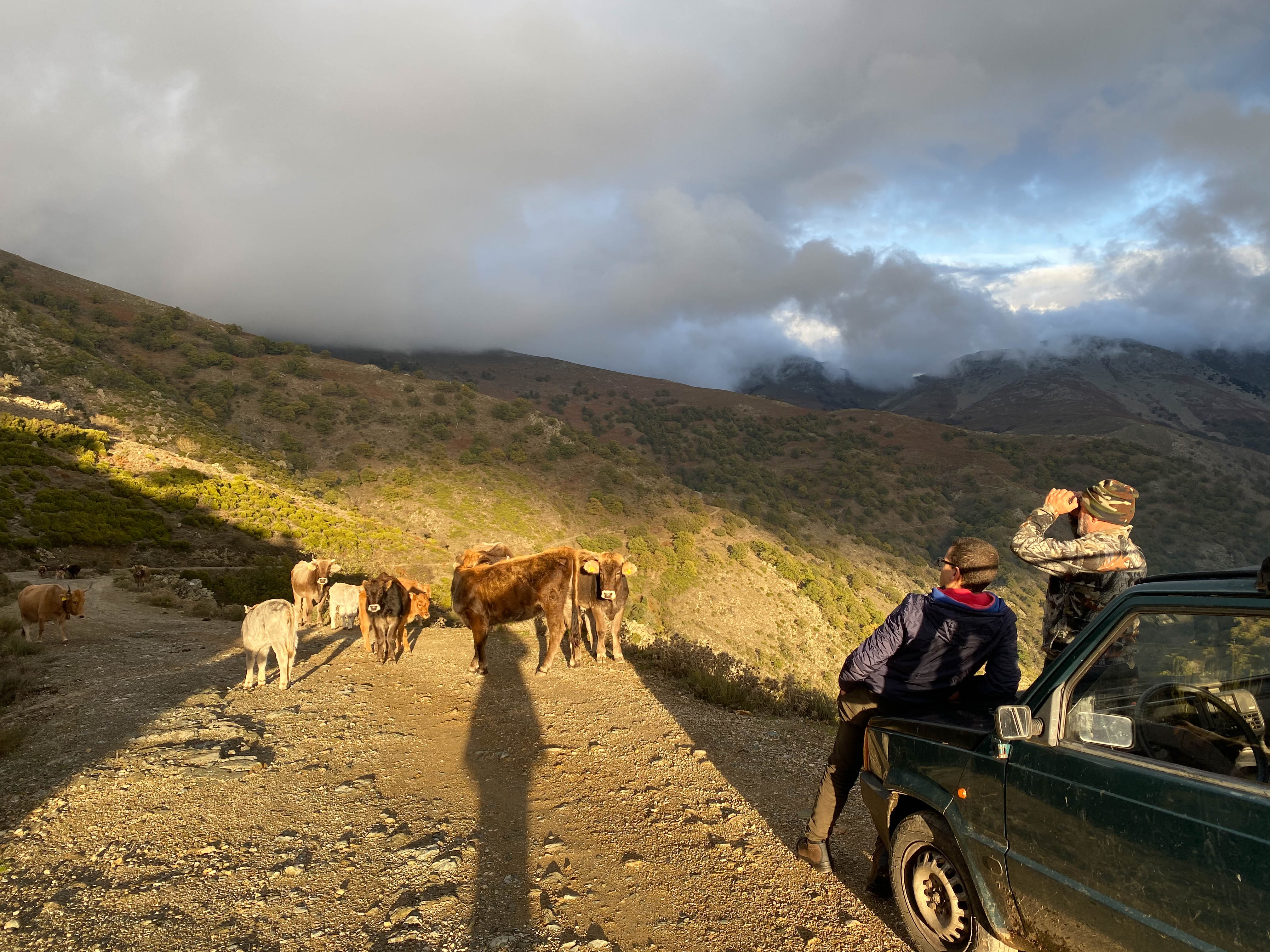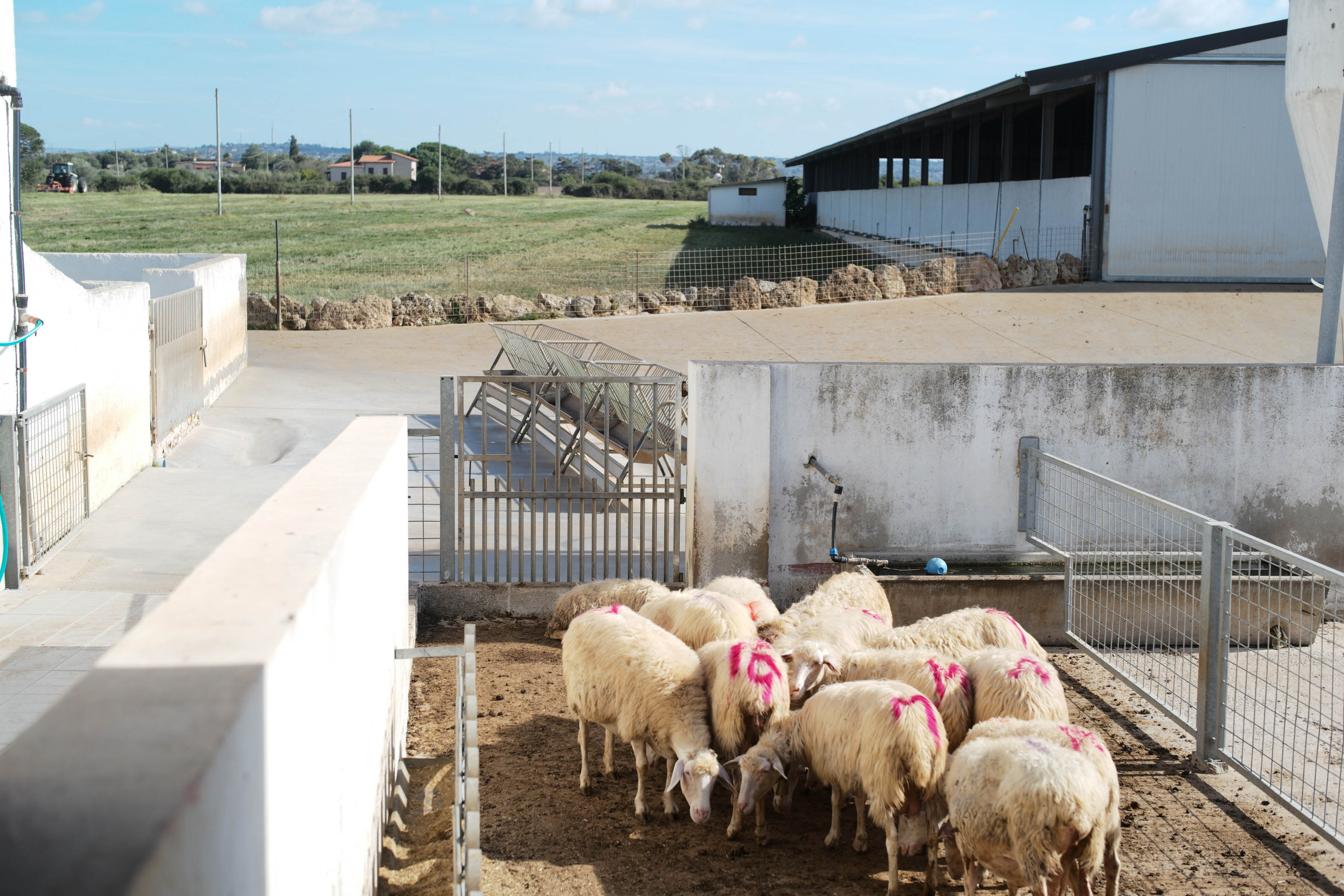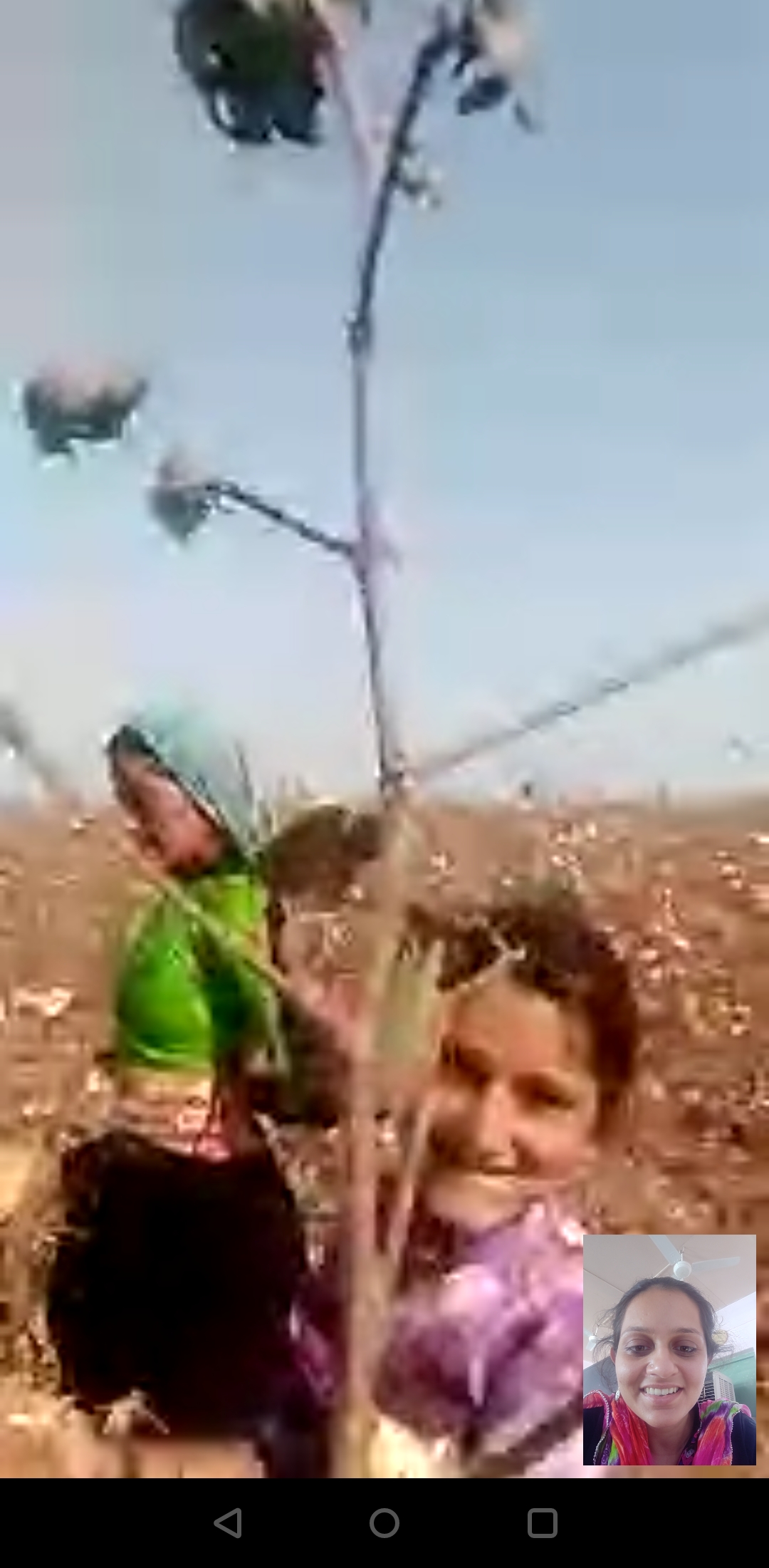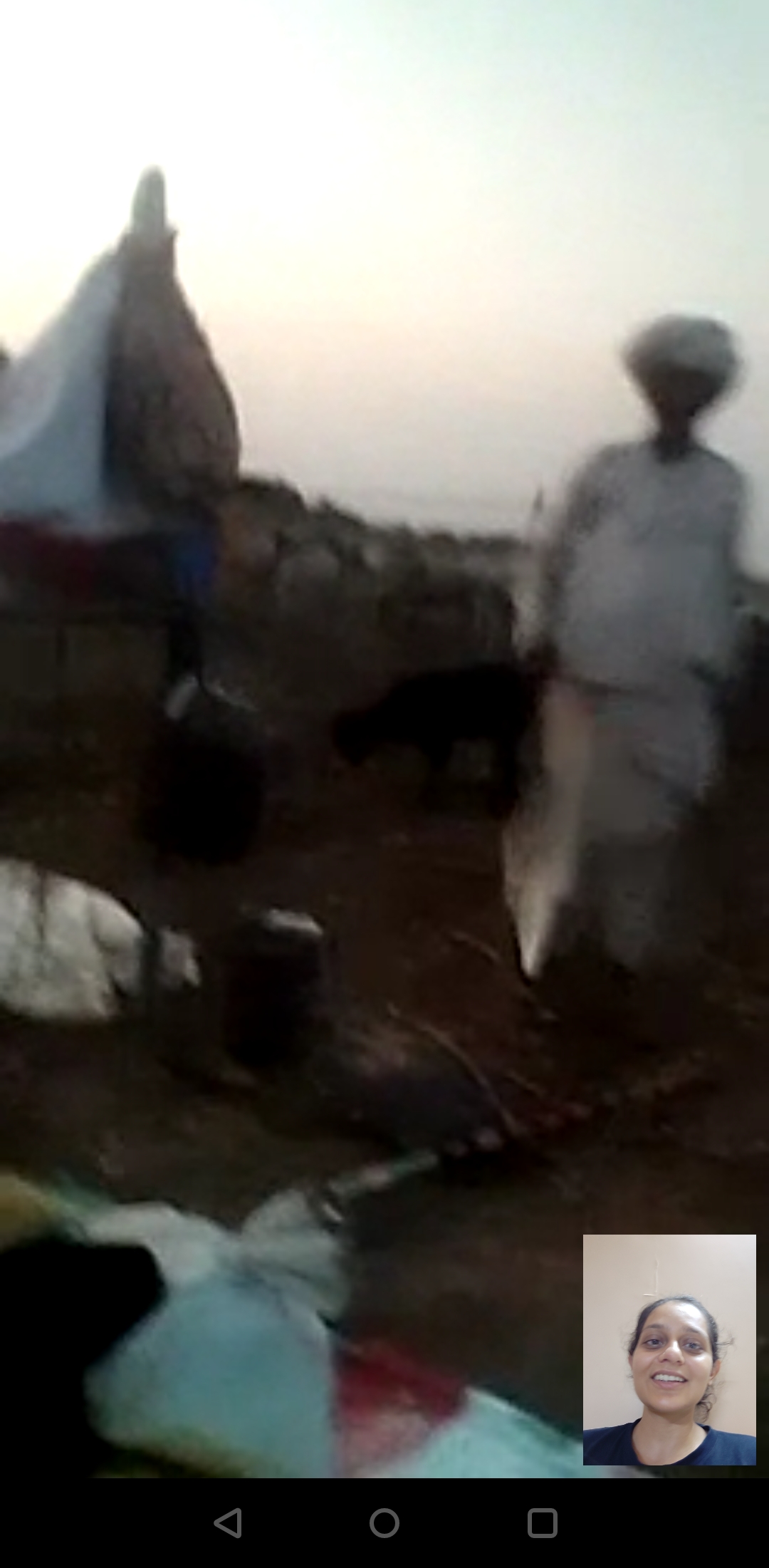Planning a Photovoice Method
Every photovoice project has an aim. In this research project, photovoice allowed researchers to look at their themes through the lens of the community.
For PASTRES, the theme was ‘pastoralism and uncertainty’ – a broad area of enquiry. Researchers, therefore, first discussed with the photovoice participants the theme – what pastoralism is, what uncertainty is, and how this theme is understood in the local context and in their language, which provides an understanding of their culture and their world view. Participants were then invited to take pictures on the theme during their daily, weekly and seasonal activities in their homes and localities, or while on the move with their animals. In all cases, it was a very open-ended invitation, allowing individuals and groups unconstrained exploration of the issue.
In some cases, more precise questions were posed. For example, in Isiolo in Northern Kenya, the researcher asked a group of youth participants to explore the role of young people in the pastoral economy and the role of inequality, linking to her study of moral economy practices in addressing uncertainties.


Site selection
As with any participatory research approach, facilitators must be familiar with the sites and have good connections with the local community. For the PASTRES work, the photovoice exercises took place after the researchers were already conducting their research. It is always important to be careful about the positionality of any interlocutor in the process because vested interests can easily derail things, as participants either may be too biased towards their views or may not reveal their own opinions for fear of upsetting their relationship.
Selecting photovoice groups
A photovoice group ideally should have representation from all the possible groups in the locality, either together or as separate groups – such as men, women or youth, as happened in some of the PASTRES sites.
A community is not a homogenous entity; there will be tensions about who gets selected, who wants to get chosen, their motivation levels, and what they will get in return for being engaged in the photovoice exercise. In patriarchal settings, forming women’s groups may provide a safe space. Nevertheless, the photovoice exercise may still be seen as challenging and could make women uncomfortable in some cases and settings.

The PASTRES researchers in different sites had to contend with specific issues, particularly those related to working with pastoralists. For example, how can you facilitate a process when people are on the move? How can you reach remote populations in far-distant pastures? How can you create a group when people are so dispersed?


Different case studies were pursued across the many PASTRES research sites – some near towns, some further away, deep in the rangelands, or in distant mountains. This allowed for comparisons between different geographies with contrasting socioeconomic contexts, but it also created logistical challenges for regularly keeping in touch with photovoice groups.
A critical lesson from the PASTRES experience is that the facilitator must continuously engage with the groups using mobile phones and ideally through regular physical visits after the initial group selection. Maintaining motivation and engagement is crucial, but some of the original participants may have little time to engage with photovoice as they have busy schedules looking after their animals or being involved in other activities. In this case, new members interested in participating may join the group as long as the group remains heterogeneous and represents a cross-section of the community.
People have different obligations and therefore engaging with photovoice exercises may be challenging. This may especially be the case for women. However, PASTRES researchers often found that women were keen to be involved, as the process gave women the opportunity to document their daily lives and the importance of their behind-the-scenes role in pastoral contexts.